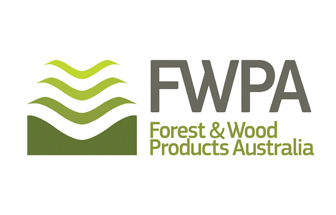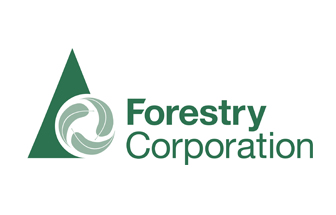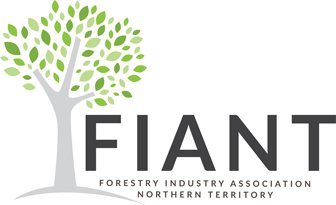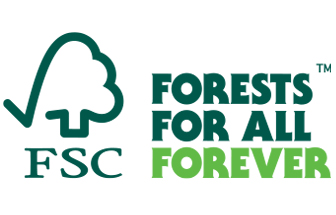FOREST FIRE MANAGEMENT: TRADITIONAL
BURNING THE SOLUTION, NOT THE PROBLEM
LETTER TO THE EDITOR:
We refer to Richard Pegg’s recent comments in Timber&Forestry enews on cultural burning as a risk, and implying that lost skills are gone forever.
The Institute of Foresters of Australia and Australian Forest Growers (IFA/AFG), along with most if not all state land management agencies, advocates greater involvement of traditional owners in future prescribed burning.
But what does ‘cultural burning, traditional burning, and greater involvement mean’?
Traditional burning is the application of fire knowledge developed by indigenous Australians. Burning in a traditional manner implies early season burns of low intensity, small patch and fragmented results, and short interval between successive ignitions to burn adjacent unburnt patches. This can be done by non-indigenous managers or landowners, and can involve traditional owners to some degree, from consultative planning and avoidance of cultural relics and sensitive sites, to involvement of local indigenous people in collaborative burning.
Cultural burning, on the other hand, is where burns are led by traditional owners of that country, for many purposes, and incorporating community and spiritual traditions into the burning.
As Mr Pegg points out, such burning may not be appropriate on urban interface boundaries, but can involve aerial ignition over extensive areas. It can also involve re-ignitions in a staged burning approach, which allows burning opportunities to be extended over a much wider period, can use minimal resources, and can include the burning of wetter tall forests burnt in warmer months after surrounding areas are burnt.
This is in fact a good thing, and has been successfully conducted in North Queensland to rehabilitate degrading tall eucalypt forests. While late and dry, this burning is still mild fire, surrounded by less flammable rainforest.
To be clear, traditional burning is consistent with community protection outcomes, is not impractical and dangerous, and does not involve lighting uncontained fires in high risk situations. The assumption that cultural Burning on K’Gari (Fraser Island) is forever lost is wrong. Knowledge of burning is something gained through training and experience. This is true for all burning practitioners – foresters, landowners, and traditional owners.
Involving traditional owners in future burning does not imply abrogating responsibility for fire management, but to engage with them to achieve better management outcomes and mutual benefit.
The alternative approach would seem to be hard edge block burns, all or nothing, requiring high resource planning and inputs and limited to the perfect day opportunities. While this approach may be necessary for critical high-risk interface blocks, this is clearly not practical over the broader landscape, and may be a reason for the chronic underburning we see today. To improve into the future, particularly with more fire-prone landscapes under a changed climate, we need to adapt and adopt traditional burning practices as the mainstream.
– Forest Fire Management Committee, The Institute of Foresters of Australia (incorporating Australian Forest Growers), Melbourne.









